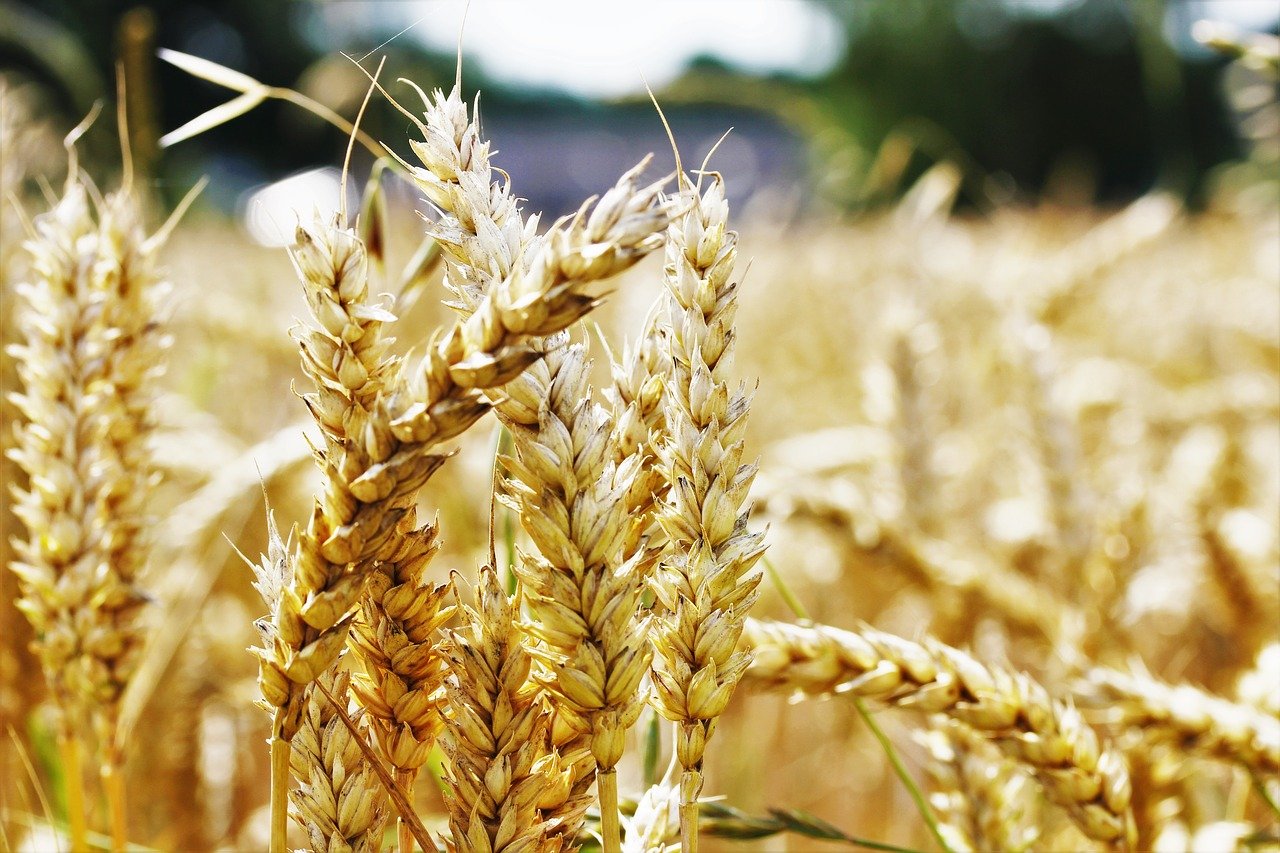
A team of scientists at the John Innes Center England investigated wheat biosynthetic gene clusters and made a groundbreaking discovery in the crop, World of NAN reports.
The scientists identified a gene cluster activated by a pathogenic infection. There they found a compound called - triticein, they identified it as an isoflavone, not a flavone as the team had expected.
Isoflavones are a class of phytoestrogen compounds that have been well studied for their benefits to human health, including prevention of cardiovascular disease and some cancers. They are mostly found in legumes.
The discovery of these compounds offers exciting prospects in the region of metabolic engineering. For example, scientists can increase the production of triticein in wheat, and this could lead to a more disease-resistant crop.
Another possibility is antimicrobial properties. Since triticein is an isoflavone, there is a possibility that it could have human health benefits.
"This study is a great example of how science sometimes leads scientists down uncharted paths, which ultimately leads to unexpected discoveries. The main goal of this study was to learn about the defense mechanisms of wheat, but it led to exciting new discoveries in the area of plant biochemistry, in this case the discovery of a unique isoflavonesynthase," shared Dr. Guy Polturak.
Смотрите больше интересных агроновостей Казахстана на нашем канале telegram,
узнавайте о важных событиях в facebook и подписывайтесь на youtube канал и instagram.









































Обсуждение